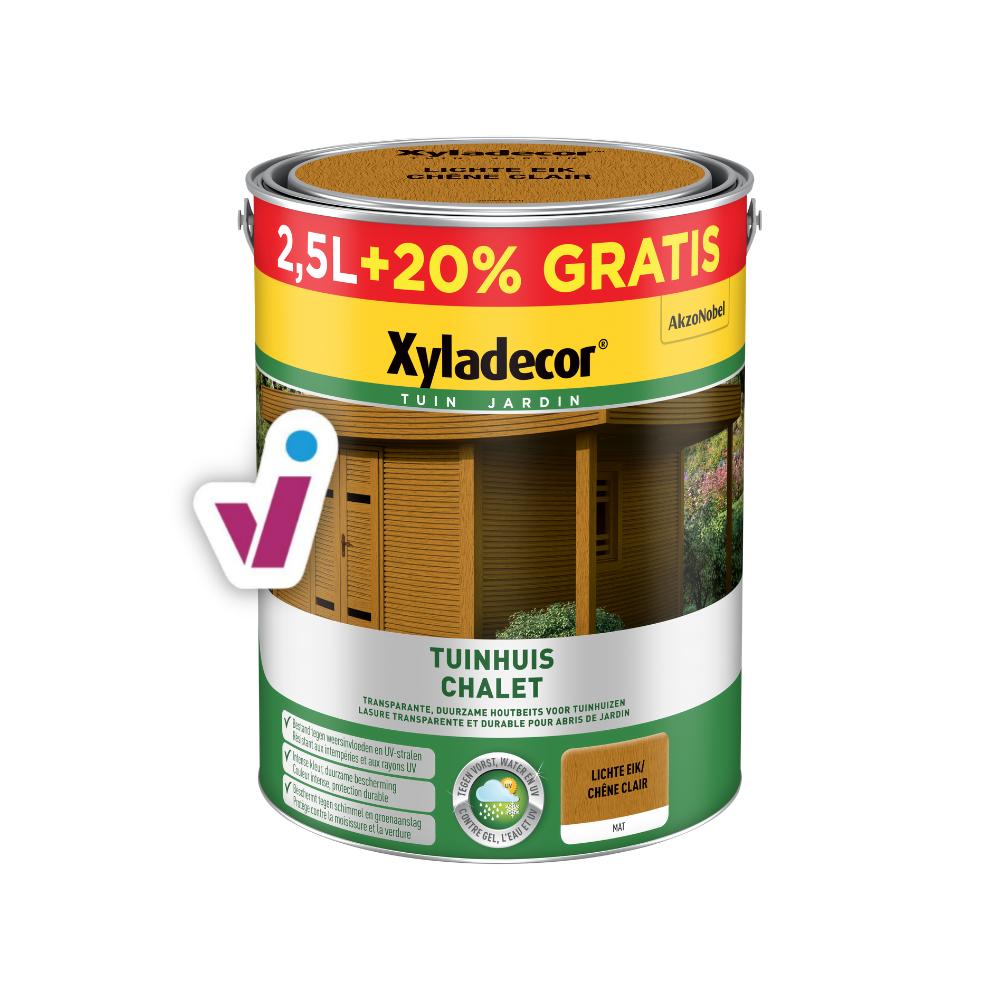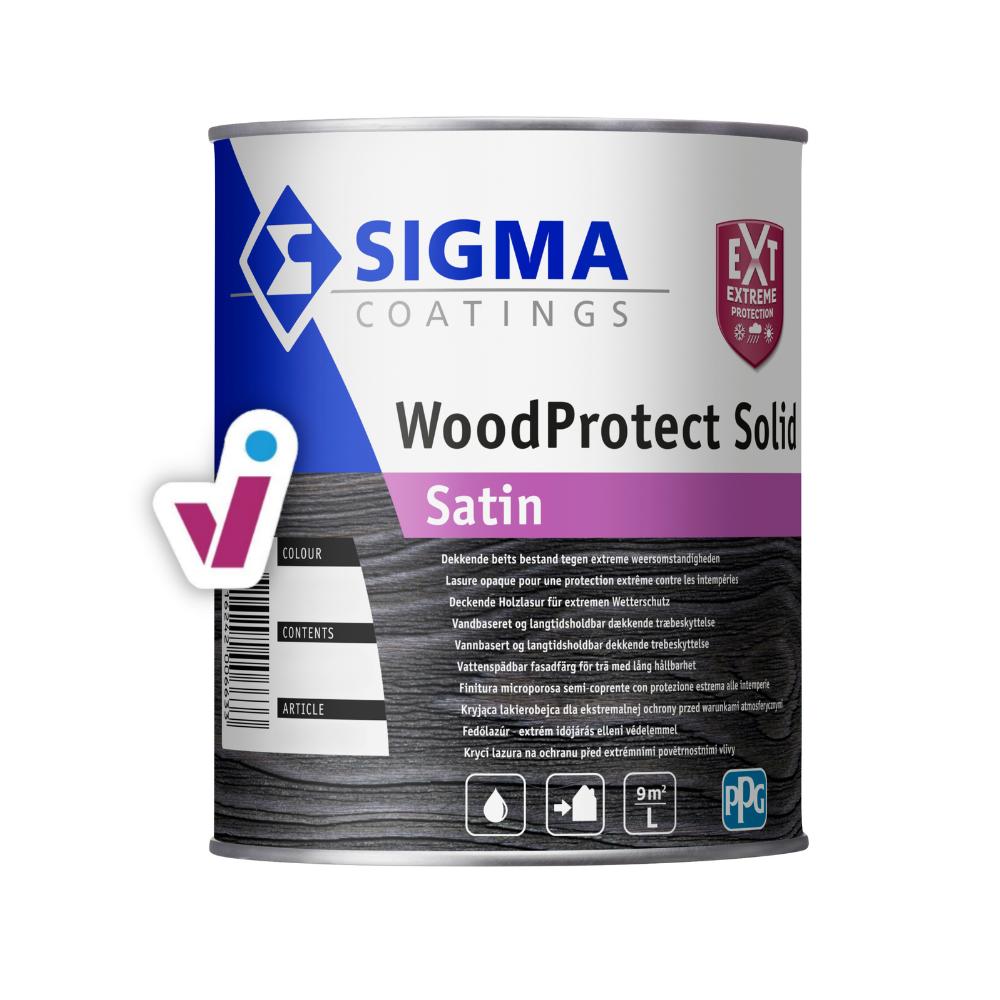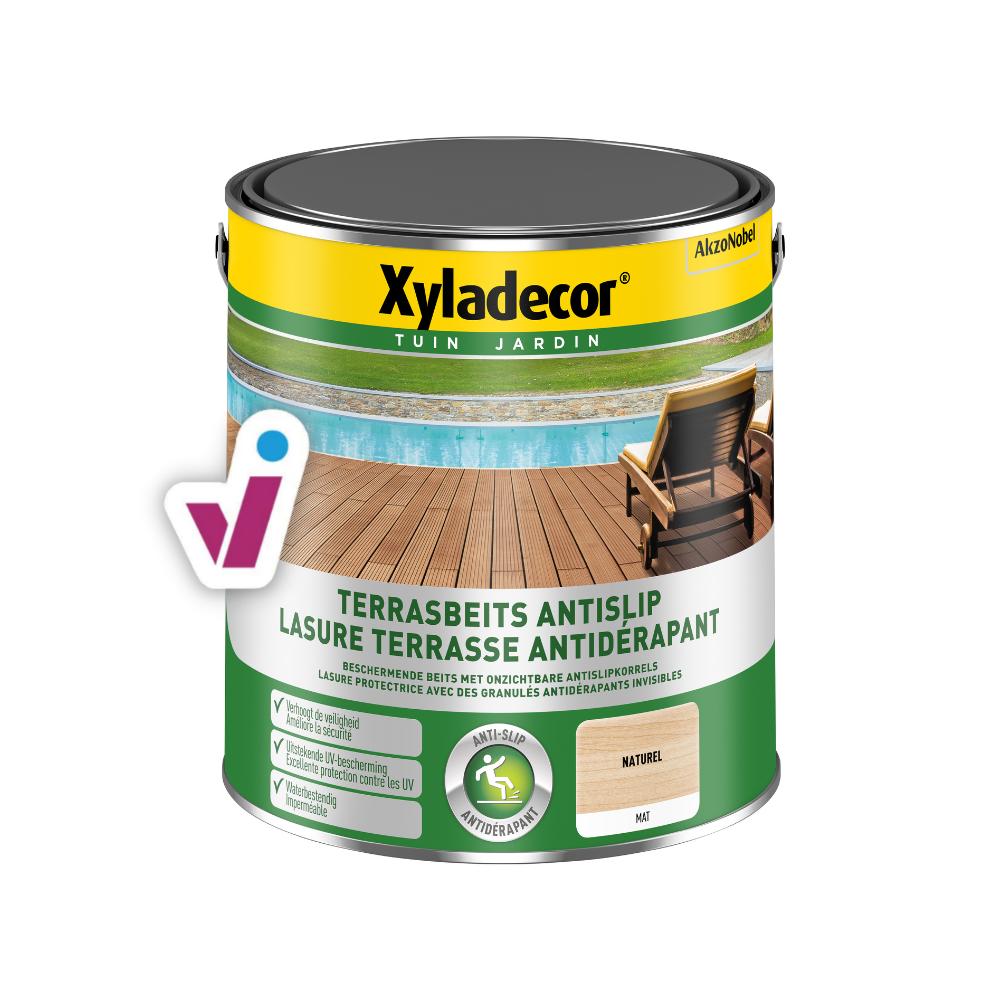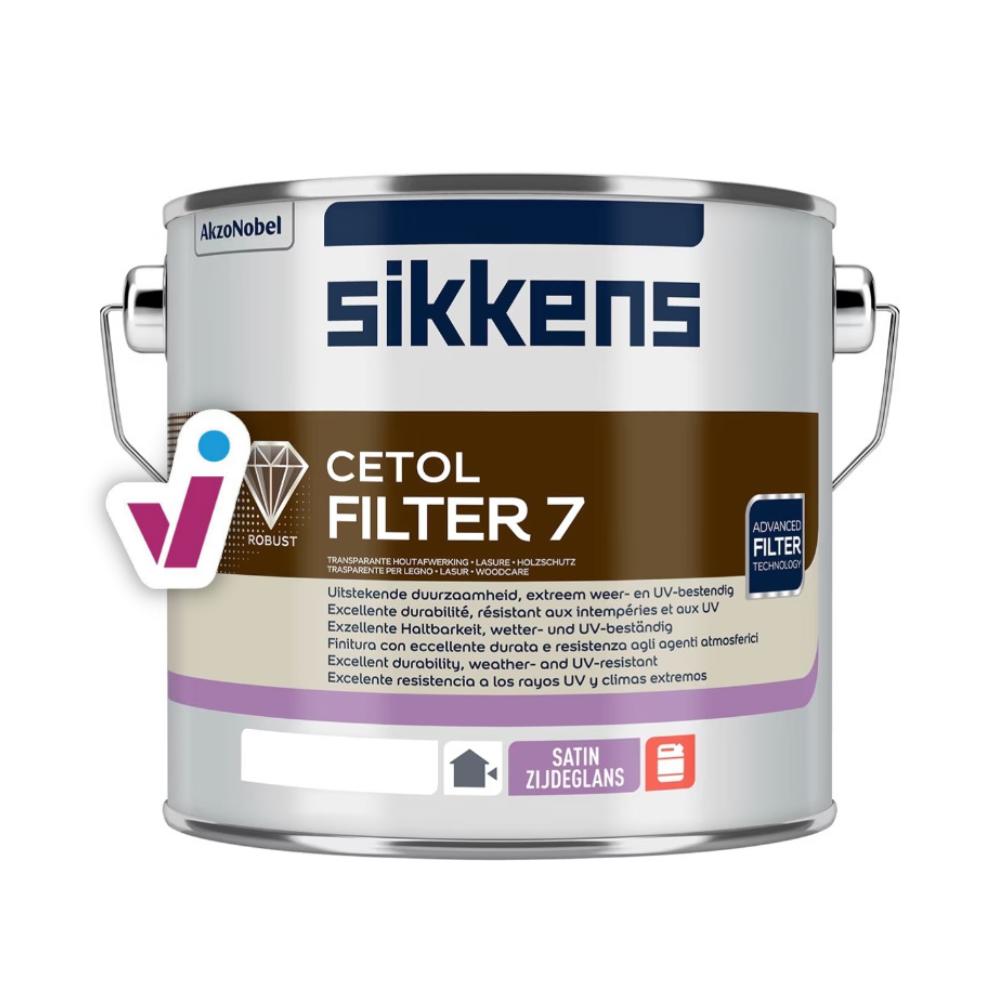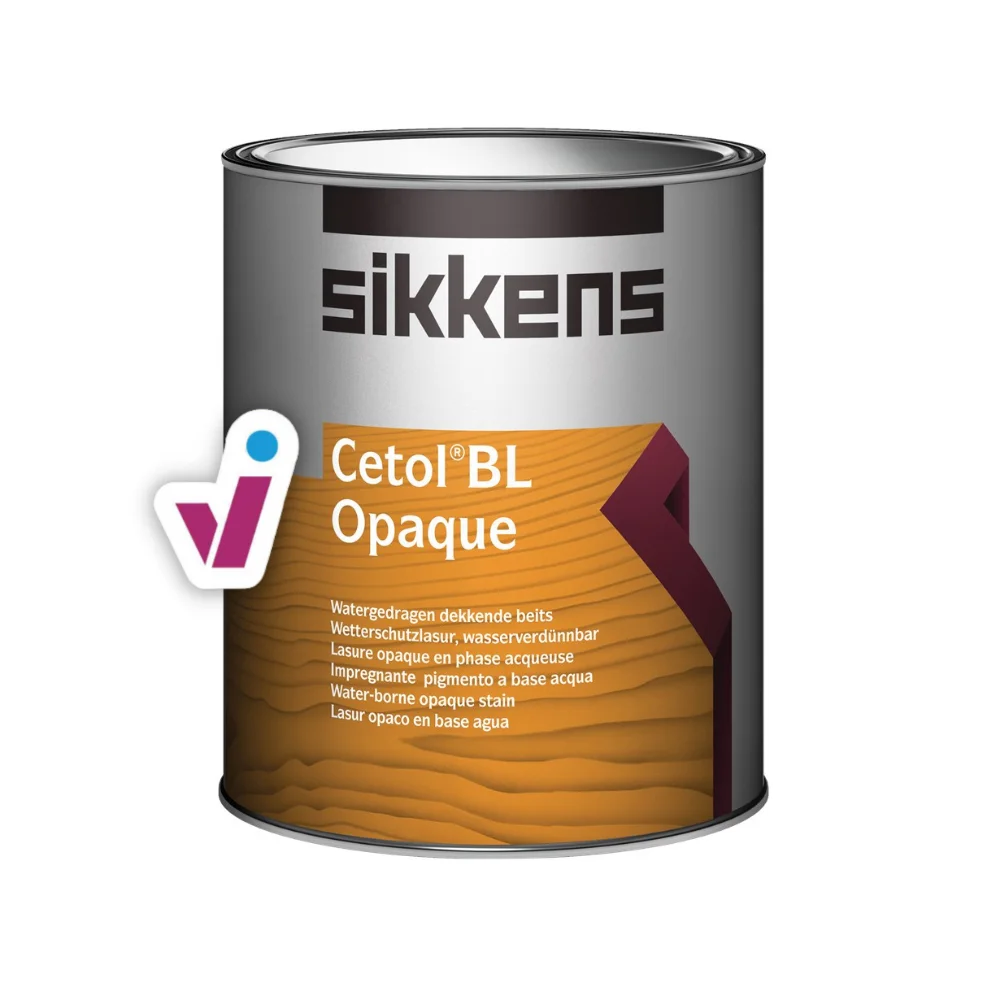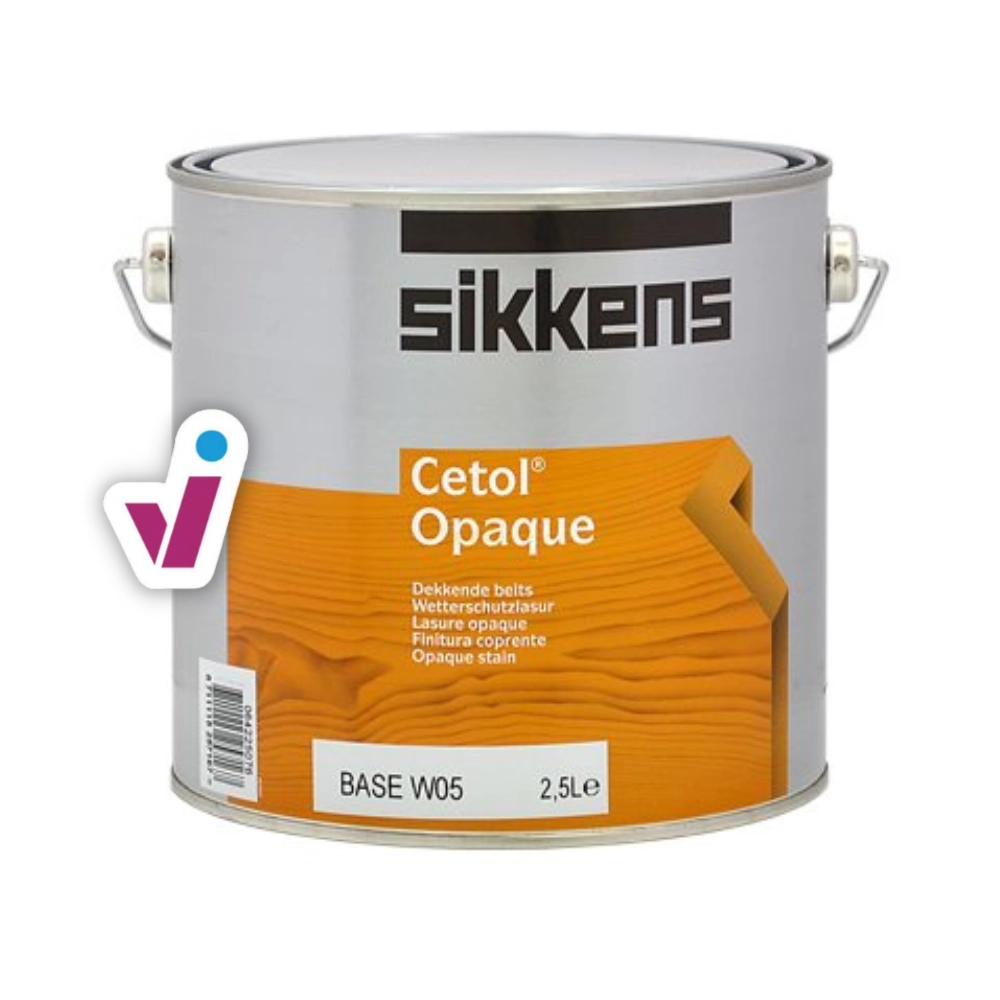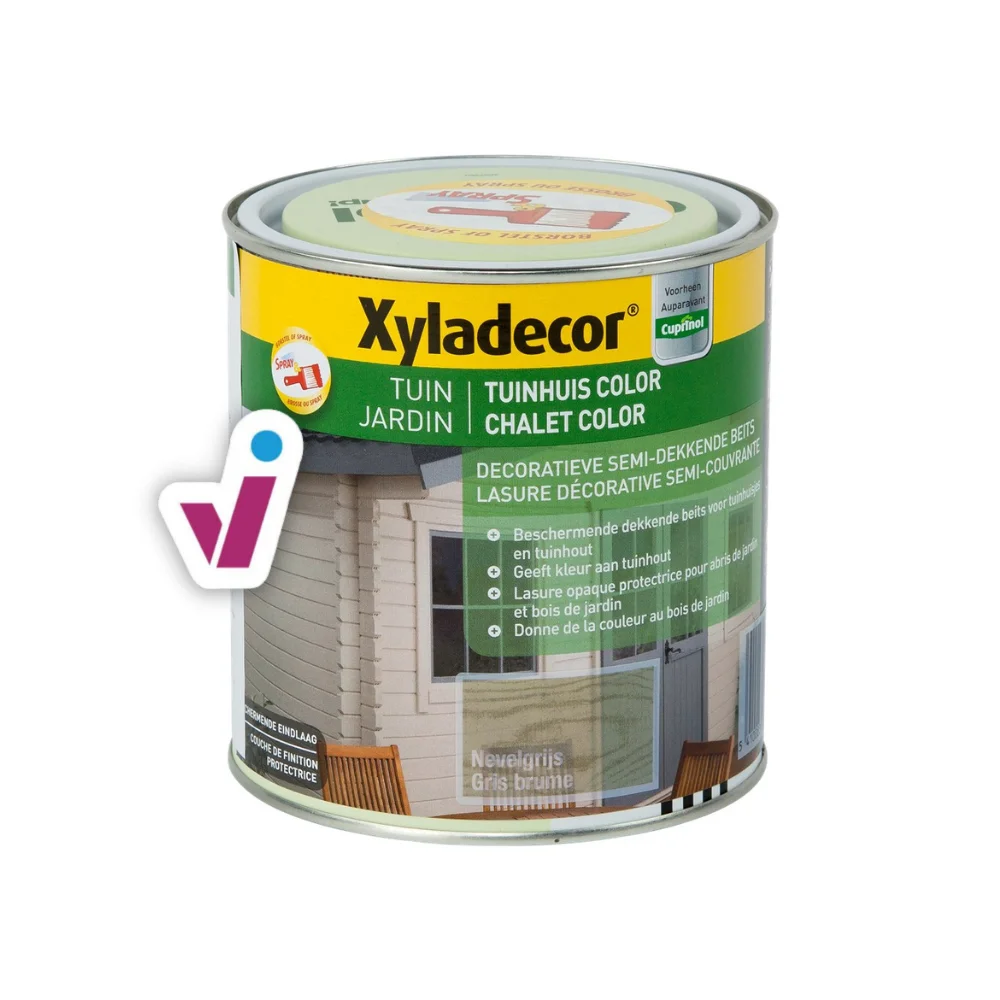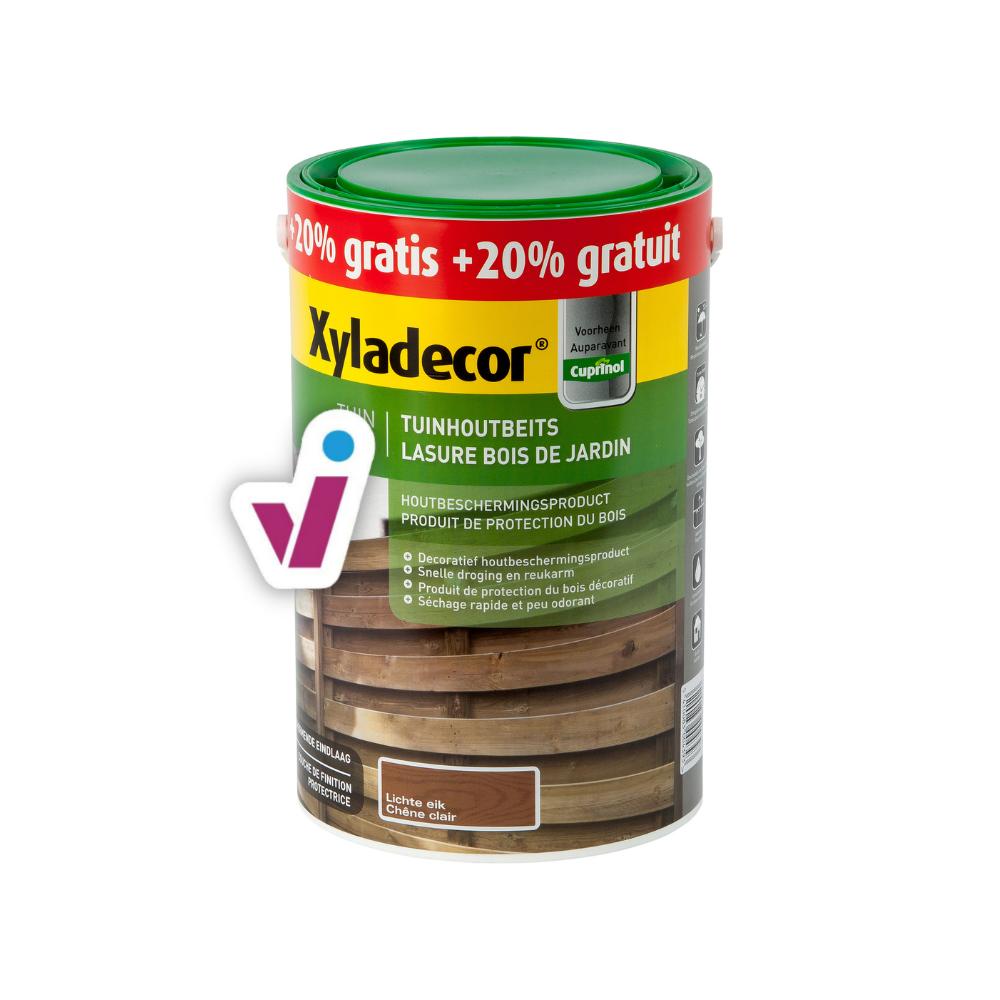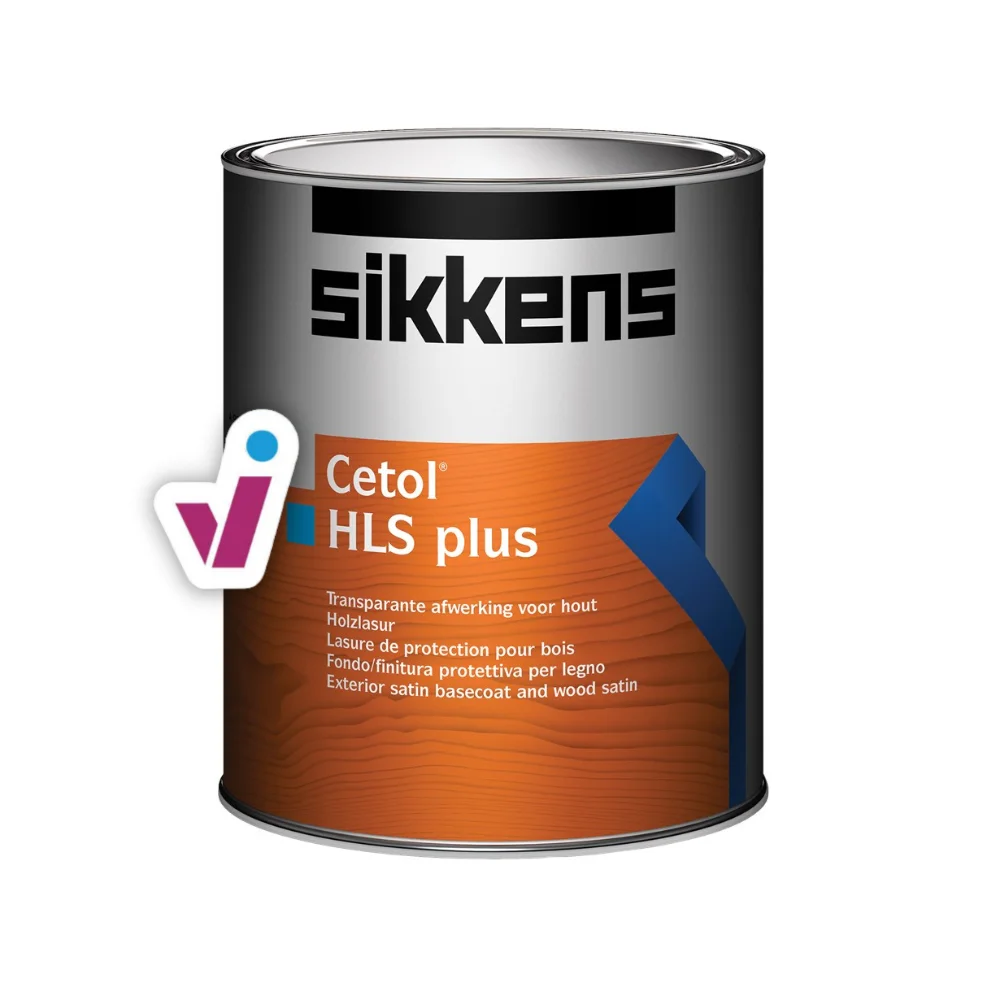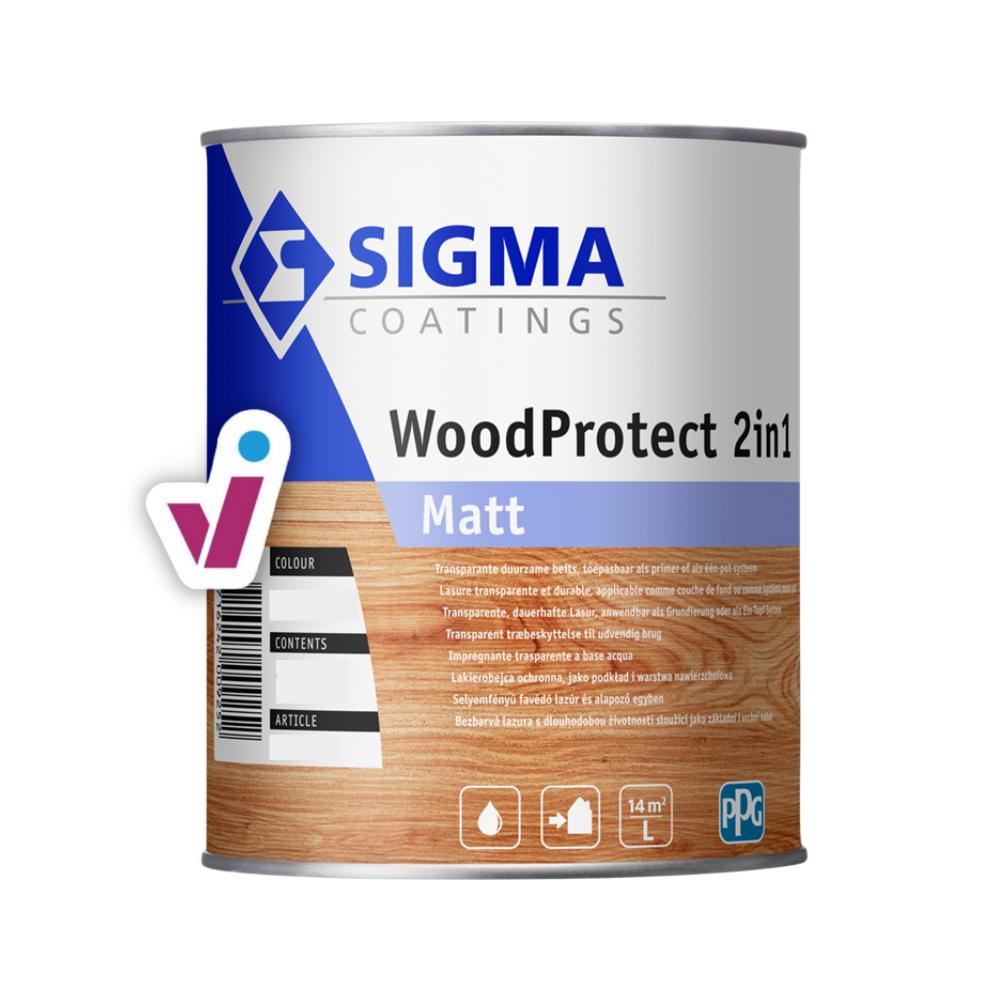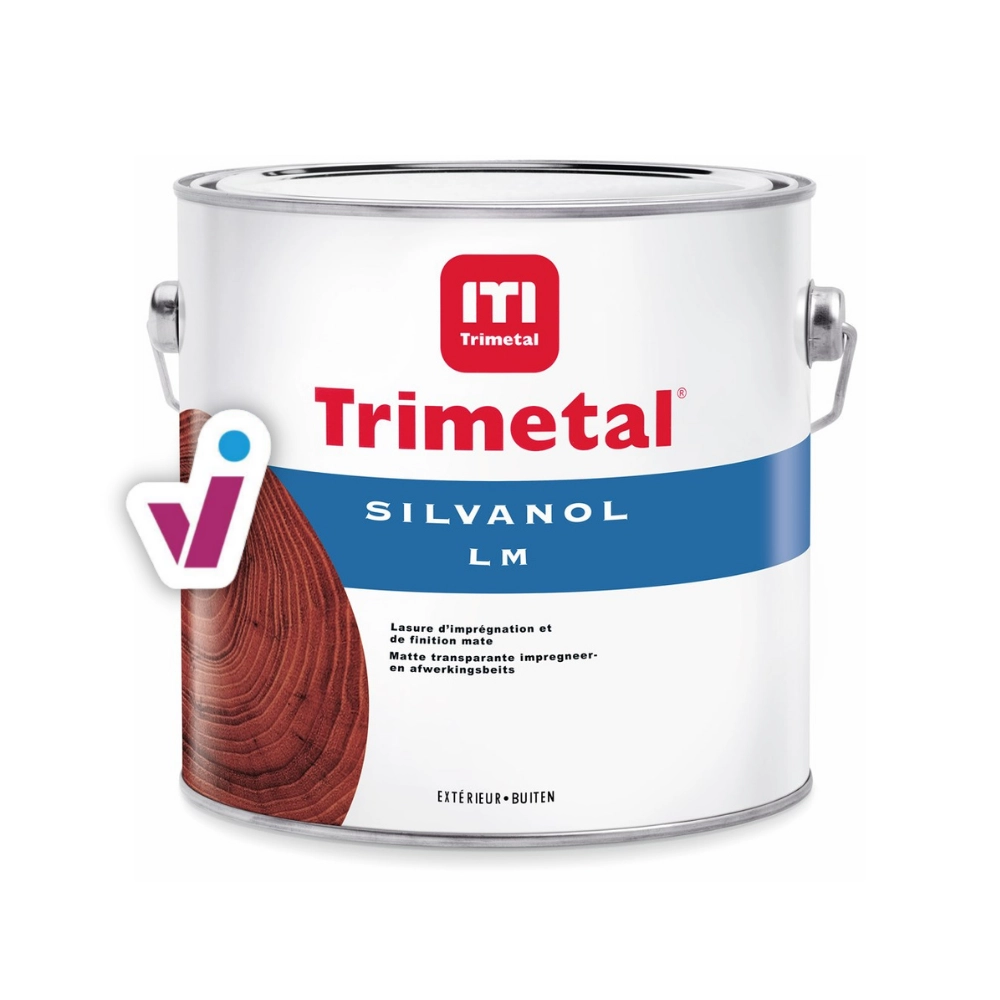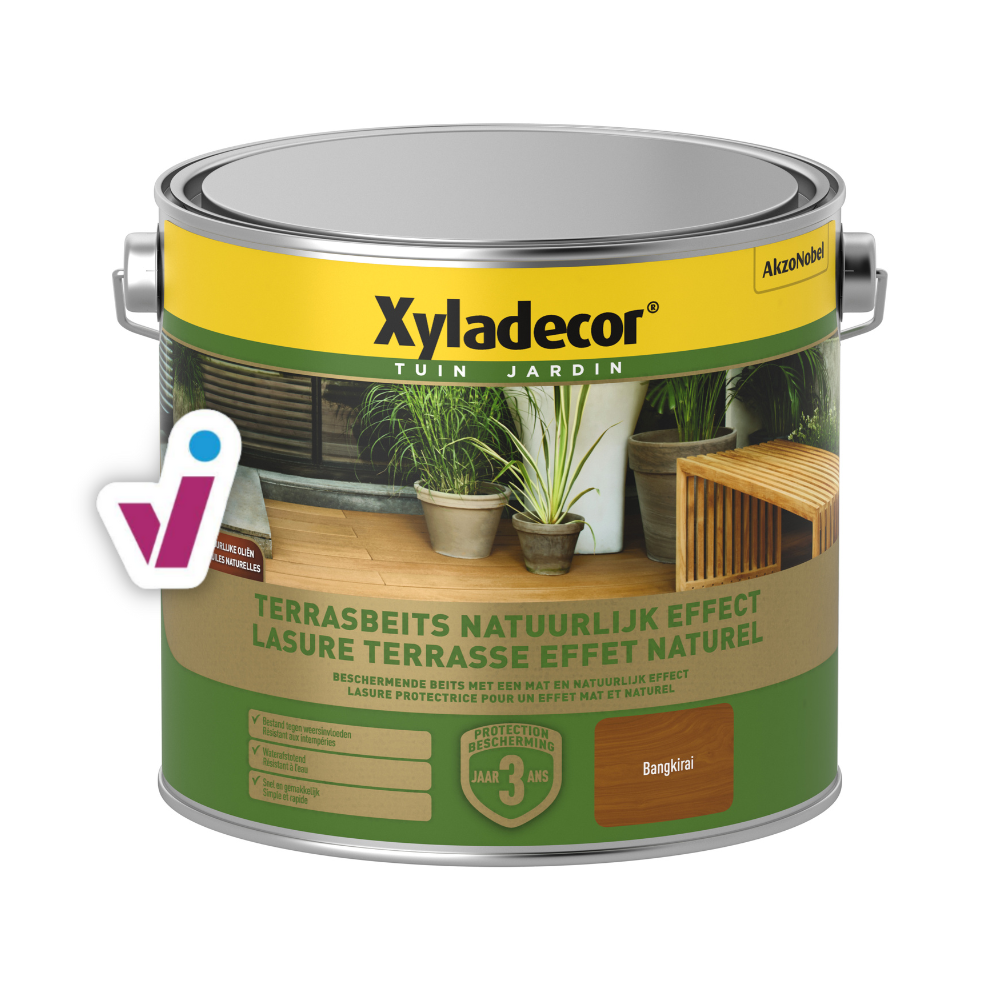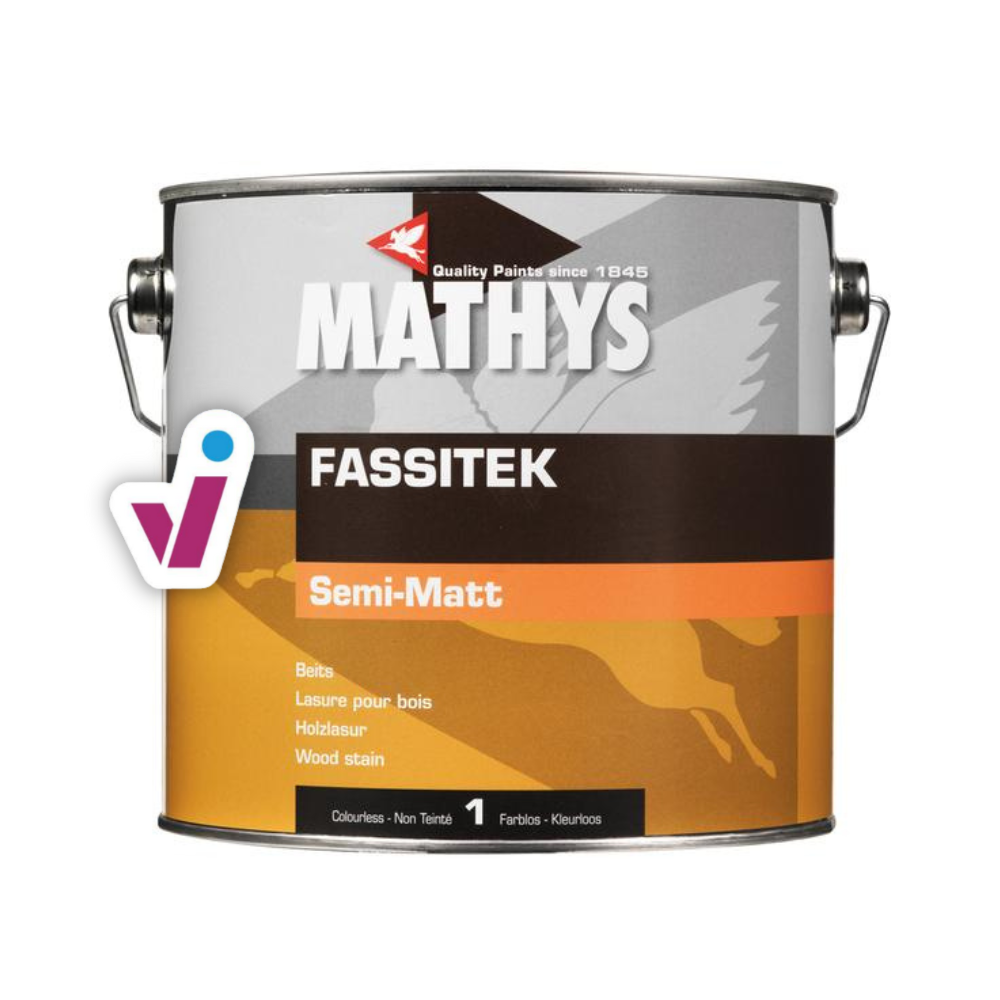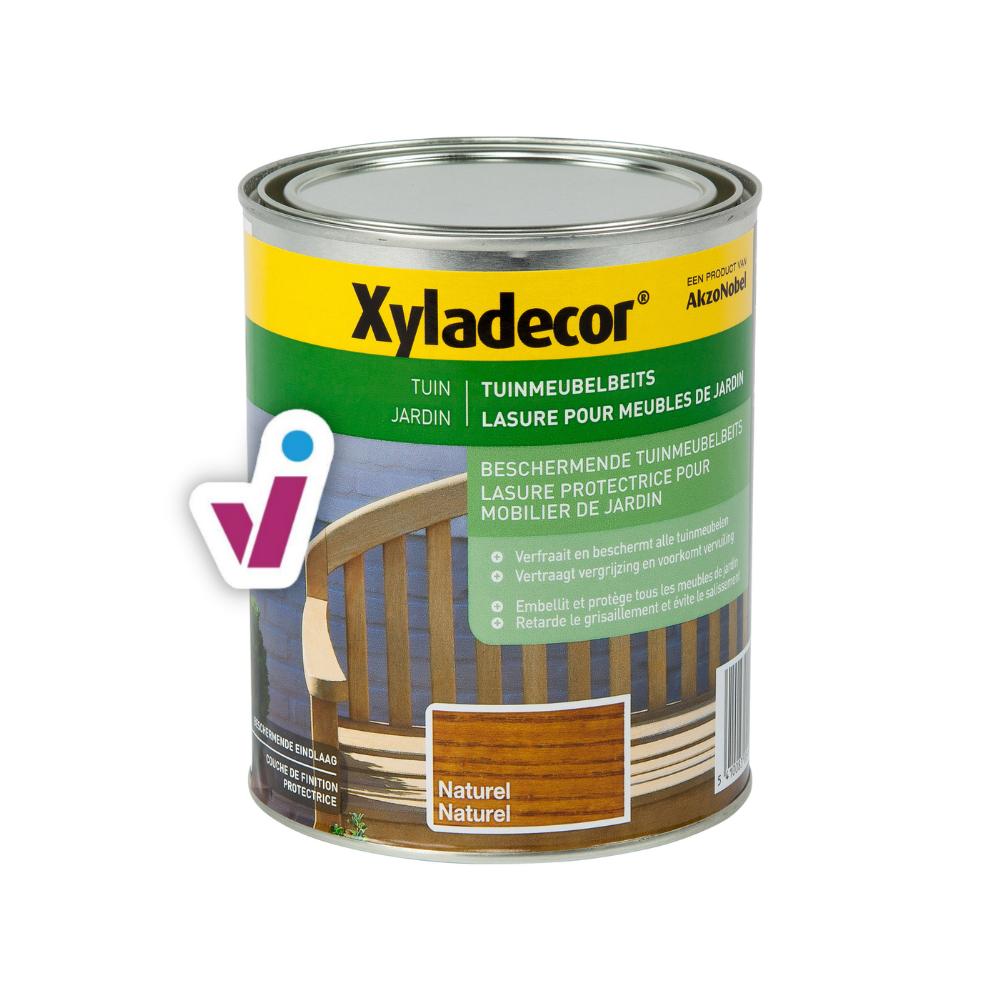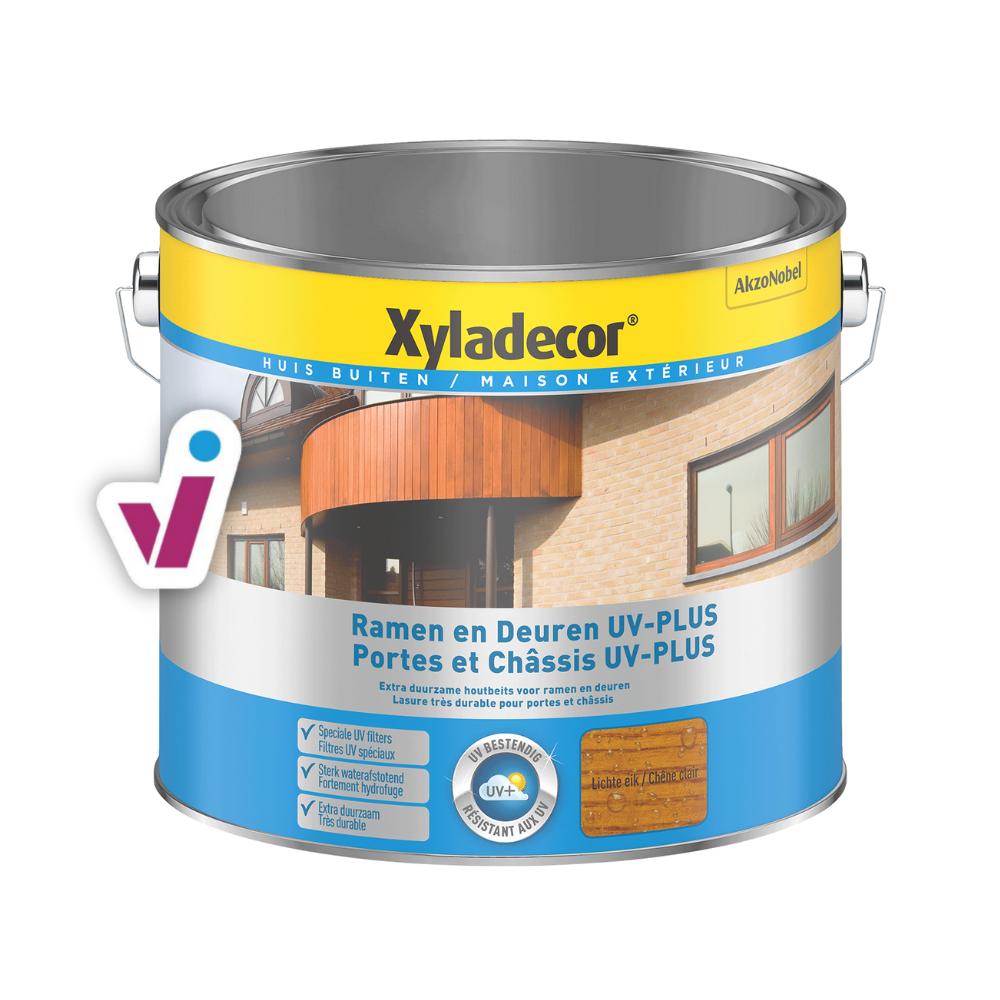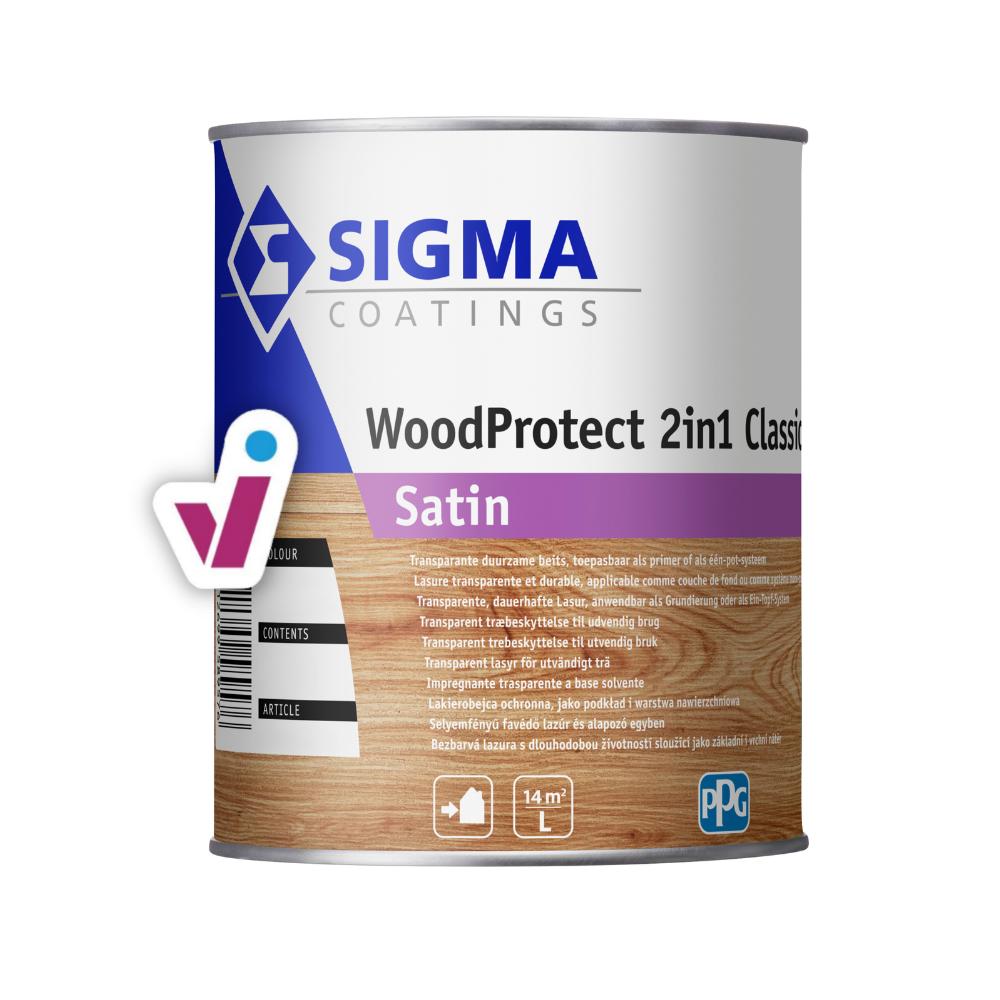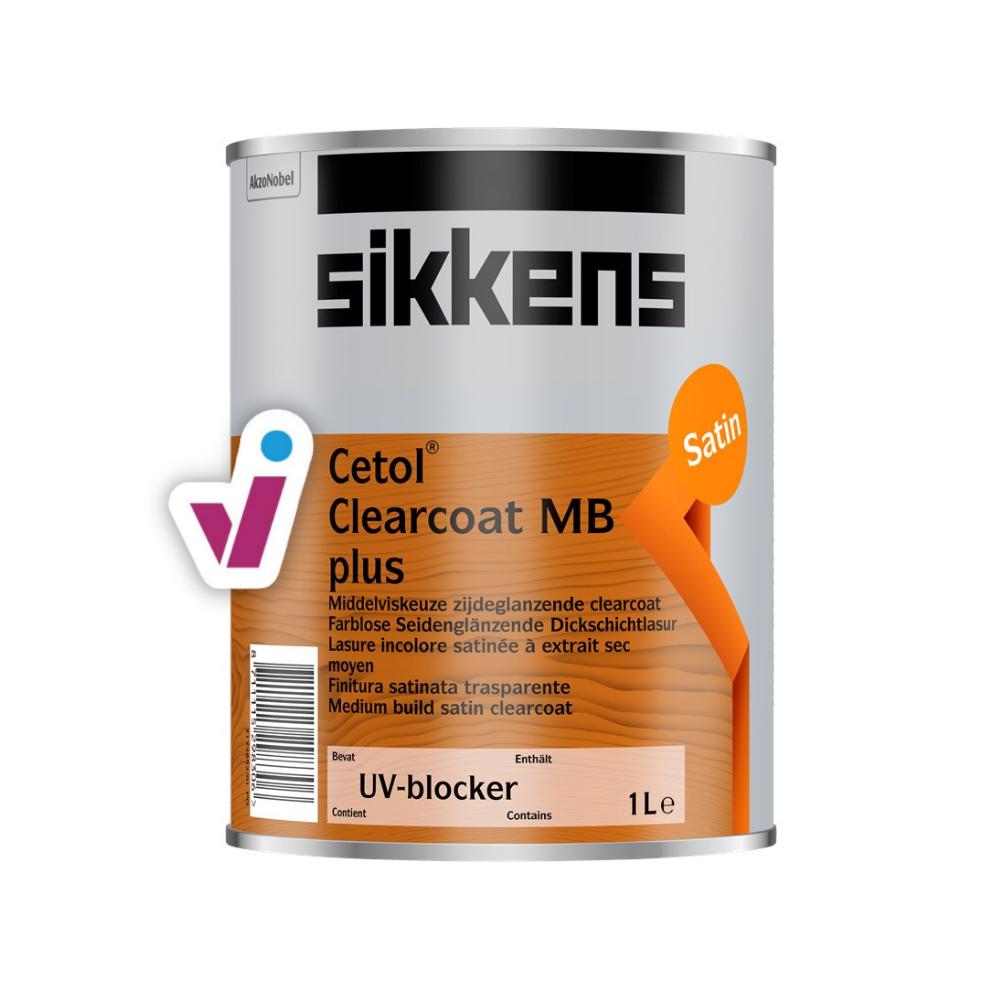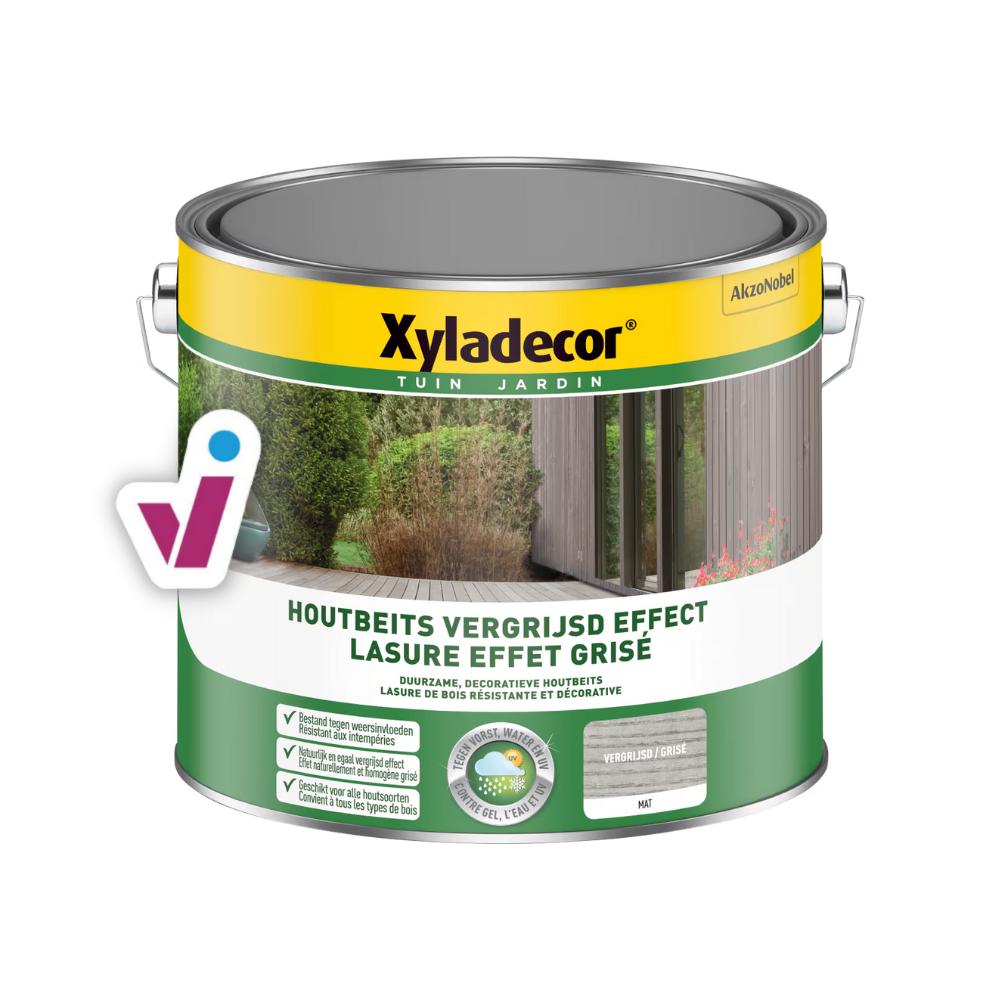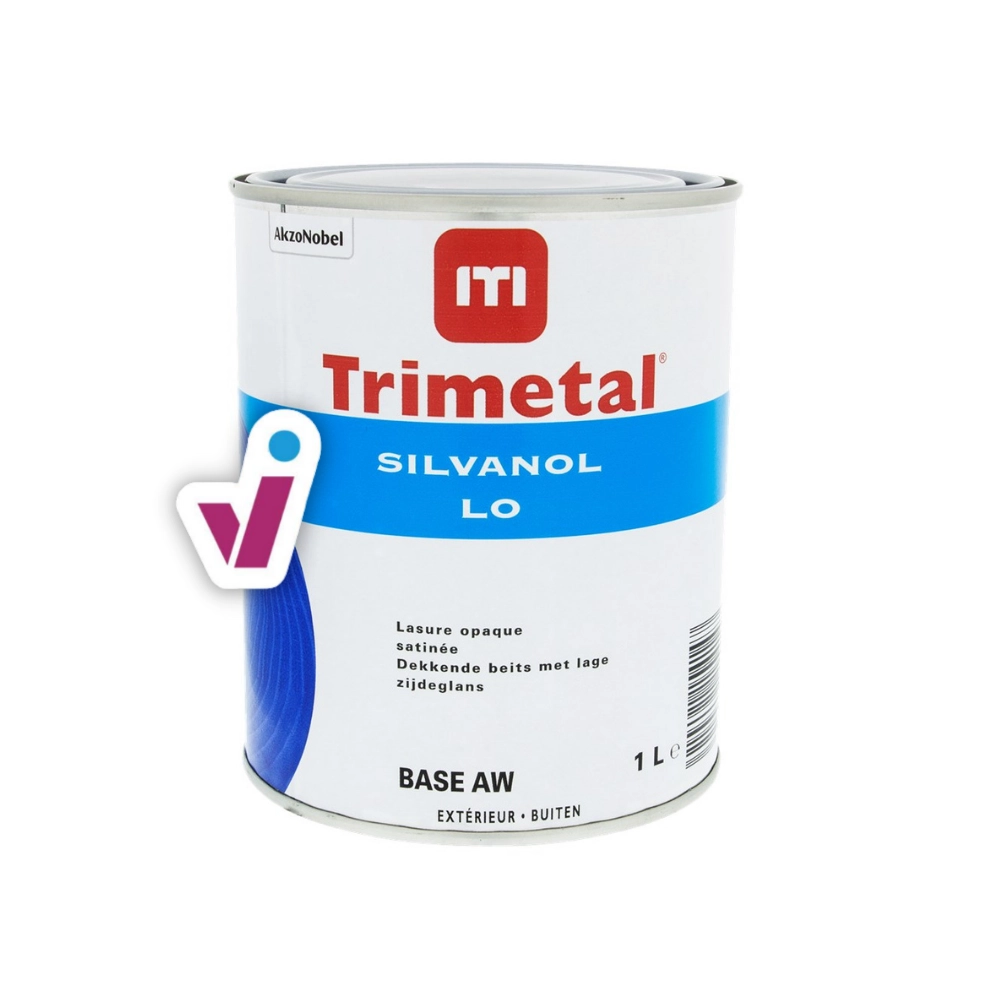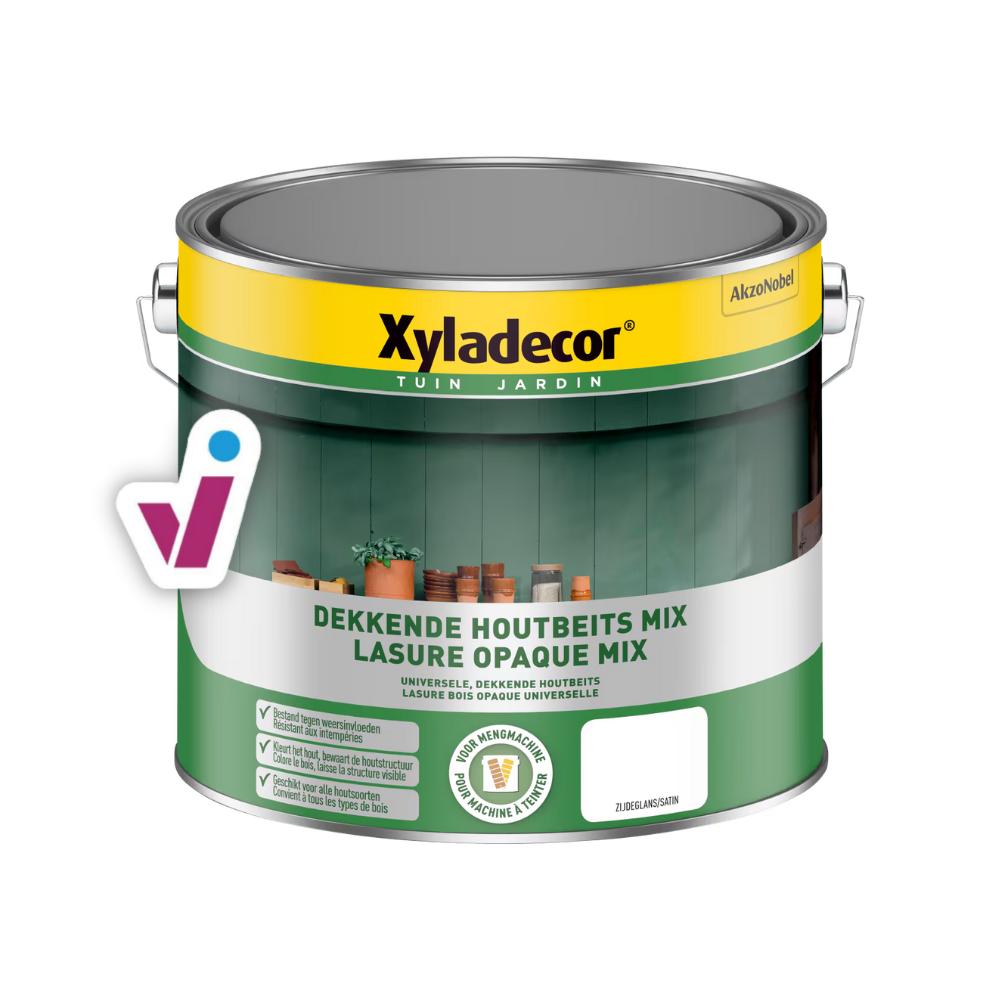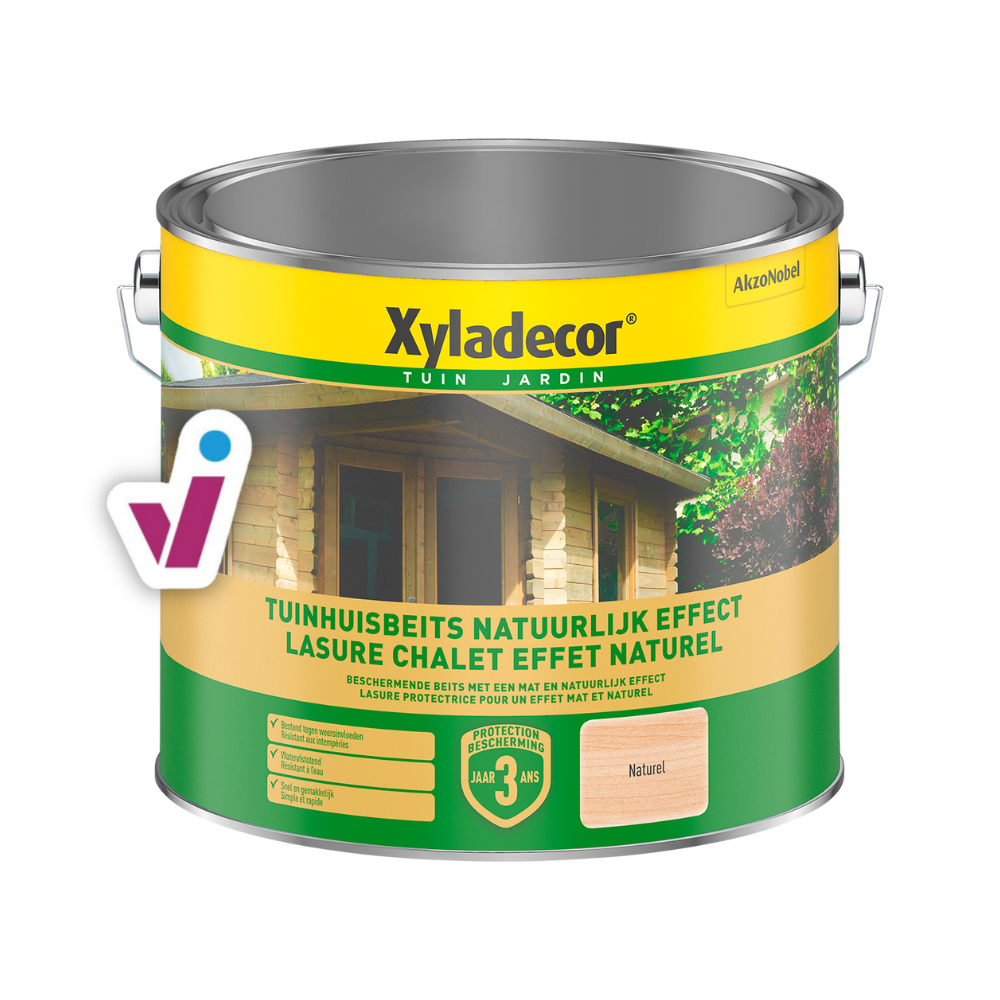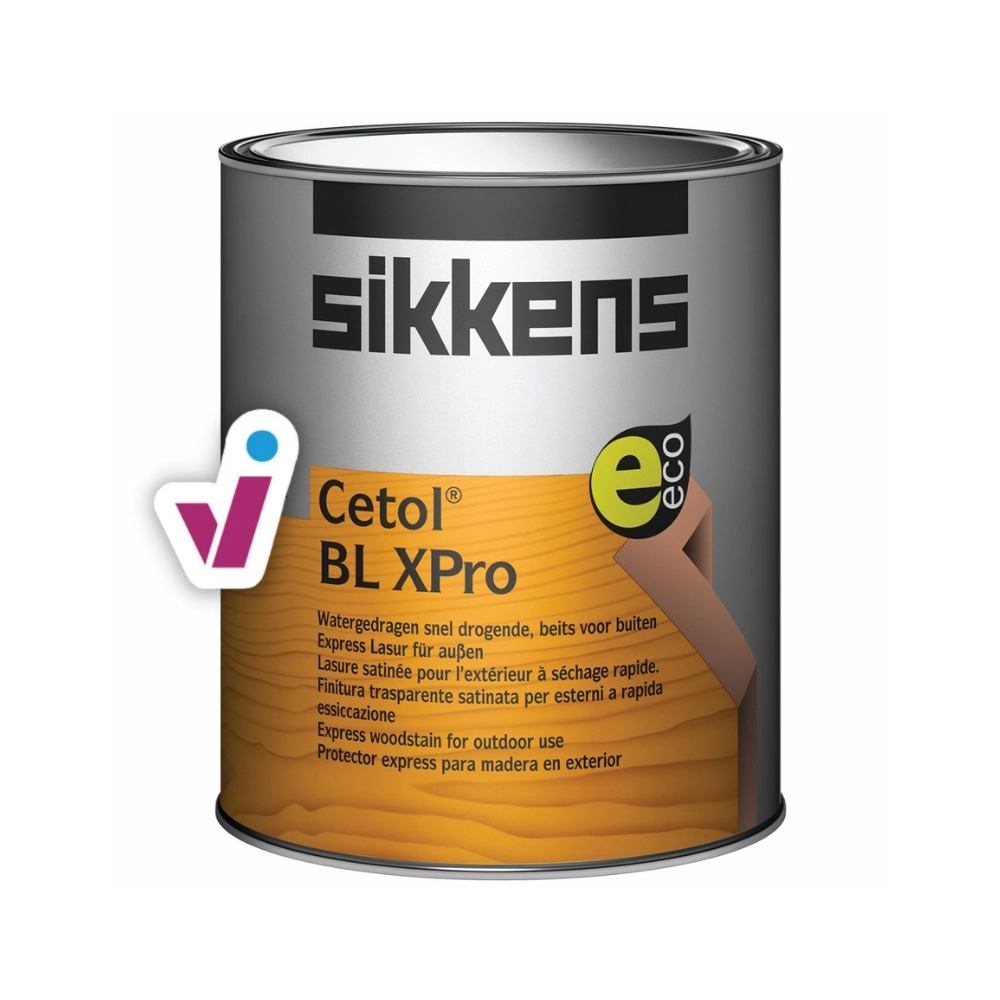Wood stains
Wood stains
Wood stain FAQ
How many coats of stain do I need?
For many wood stains, transparent or opaque, the recommendation will be around two to three coats. Keep in mind this also depends on:
- the state of your wood. Brand new wood will usually require an extra layer of stain, whereas touching up an older stain job might work with just one extra coat if the stain is still in good condition;
- the specific product you're using, or sometimes the staining system (combining products for a stronger result). You can find this information in the technical data sheet;
Do I need to sand the wood first?
Most likely: yes. Did you know we have how-to guides for several wood treatment projects, such as how to stain your garden shed, or how to treat your wooden terrace? Each of them explains in detail which preparatory steps to take. Find them all here.
Can I stain over an existing layer stain or paint?
First of all, if you're considering this, then the answer to the previous question will definitely be yes. Furthermore, you'll have to look at the type and state of the prior paintwork.
- Wood stain that is still in good condition, can easily be stained over. Keep in mind, however, if you're switching from opaque stain to transparent stain, you'll have to remove the old stain. If you're applying a new layer of transparent stain over an old one, the colour will most likely intensify.
- Wood stain that is nog longer in good condition had best be removed. And the same goes for regular paint, in any condition. Paint or wood lacquer closes off the surface, whereas wood stain penetrates it. So with the paint still on the wood, the stain has no way of doing what it needs to do. That also applies when you want to stain wood that was previously varnished.
Ordering at Tintrio
- Free delivery for orders over € 75 ℹ️️
- Ordered before 4 pm, shipped the same business day ℹ️
- 98% gives u a 4 or 5 star rating ℹ️
- 2x Logistic Champion Award ℹ️
Wood stain FAQ
How many coats of stain do I need?
For many wood stains, transparent or opaque, the recommendation will be around two to three coats. Keep in mind this also depends on:
- the state of your wood. Brand new wood will usually require an extra layer of stain, whereas touching up an older stain job might work with just one extra coat if the stain is still in good condition;
- the specific product you're using, or sometimes the staining system (combining products for a stronger result). You can find this information in the technical data sheet;
Do I need to sand the wood first?
Most likely: yes. Did you know we have how-to guides for several wood treatment projects, such as how to stain your garden shed, or how to treat your wooden terrace? Each of them explains in detail which preparatory steps to take. Find them all here.
Can I stain over an existing layer stain or paint?
First of all, if you're considering this, then the answer to the previous question will definitely be yes. Furthermore, you'll have to look at the type and state of the prior paintwork.
- Wood stain that is still in good condition, can easily be stained over. Keep in mind, however, if you're switching from opaque stain to transparent stain, you'll have to remove the old stain. If you're applying a new layer of transparent stain over an old one, the colour will most likely intensify.
- Wood stain that is nog longer in good condition had best be removed. And the same goes for regular paint, in any condition. Paint or wood lacquer closes off the surface, whereas wood stain penetrates it. So with the paint still on the wood, the stain has no way of doing what it needs to do. That also applies when you want to stain wood that was previously varnished.


